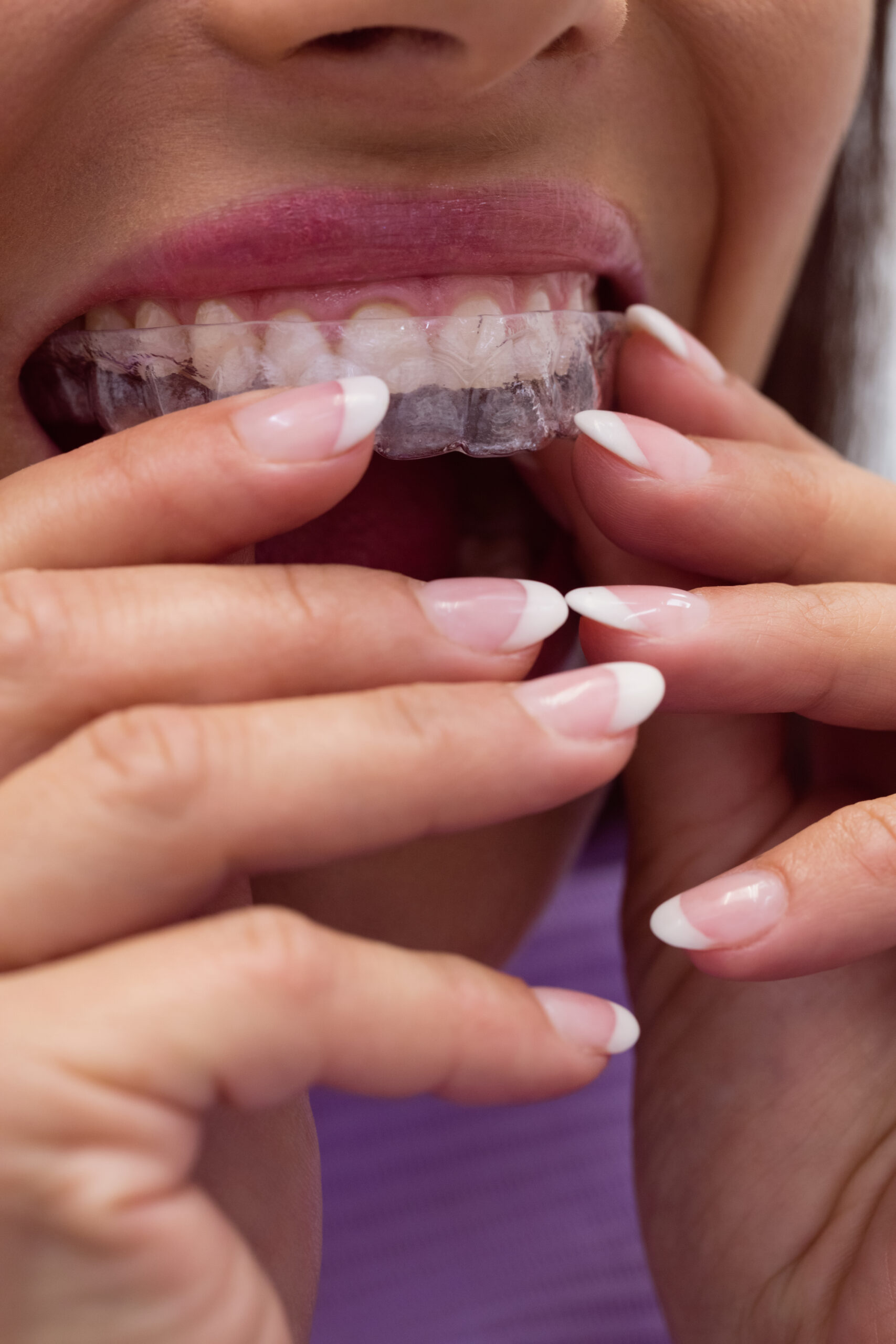What Happens If You Don’t Wear Your Retainer?

Finishing orthodontic treatment is a major milestone. After months or even years of wearing braces or clear aligners, your teeth are finally straight, your bite is aligned, and your smile is exactly where it should be. But before you toss your retainer in a drawer and forget about it, it’s important to understand just how vital that small piece of plastic or wire is to your long-term results.
Retainers may seem like an afterthought, but in reality, they play a critical role in preserving your orthodontic investment. In this post, we’ll explore exactly what happens if you don’t wear your retainer—and why consistent retainer use is the key to keeping your beautiful smile intact.
Why Are Retainers So Important?
Your teeth aren’t permanently fixed in place, even after orthodontic treatment. In fact, the ligaments and bone around your teeth continue to shift over time. After braces or aligners move your teeth into their new positions, it takes a while for the surrounding bone and tissue to stabilize. This is where retainers come in.
Retainers help maintain the position of your teeth as your mouth adjusts. Think of them as the “glue” that holds your smile in place while your jaw bones and soft tissues get used to the new alignment. Without a retainer, teeth are prone to moving back to their original positions—a process known as orthodontic relapse.
What Happens If You Don’t Wear Your Retainer?
Skipping your retainer for a day or two might not lead to immediate changes, but over time, the consequences become noticeable. Here’s what can happen:
1. Teeth Start to Shift
Even within the first few weeks of not wearing your retainer, your teeth can begin to shift slightly. You may not notice it at first, but over time, small changes add up. Crowding, overlapping, and spacing can return gradually, reversing the progress you made during treatment.
2. Your Bite May Change
Orthodontic treatment doesn’t just straighten your teeth—it also aligns your bite. If you stop wearing your retainer, your bite can slowly revert, leading to issues with chewing, jaw pain, or even TMJ problems.
3. Your Retainer May No Longer Fit
If you go too long without wearing your retainer, your teeth can shift enough that the retainer won’t fit properly anymore. At that point, you may need to start treatment again to correct the changes—something that can be both time-consuming and expensive.
4. You Might Need Braces or Aligners Again
In some cases, patients who neglect their retainers for months or years may require a second round of orthodontic treatment. This could involve braces, clear aligners, or other corrective appliances to re-align teeth that have significantly shifted.
How Often Should You Wear Your Retainer?
The amount of time you’ll need to wear your retainer depends on your specific treatment and your orthodontist’s recommendations. However, the general guidelines are:
-
Immediately After Treatment: Wear your retainer full-time (usually 20–22 hours per day) for the first few months.
-
Long-Term Maintenance: Transition to nighttime wear after your orthodontist approves. For most people, this means wearing the retainer every night for life.
Yes, that’s right—a lifetime commitment. While it may sound daunting, nighttime retainer wear is a small price to pay for keeping your smile straight.
Tips for Making Retainer Wear Easy
- Set a Reminder: Use an alarm or phone notification to remind yourself to put your retainer in before bed.
- Keep It Clean: A clean retainer is more comfortable and better for your oral health. Rinse it daily and clean it weekly with mild soap or a retainer cleaner.
- Use a Case: Always store your retainer in its case when not in use to avoid damage or loss.
- Replace When Needed: Retainers don’t last forever. If yours becomes cracked, warped, or loose, talk to your orthodontist about getting a replacement.
What If You’ve Already Stopped Wearing Your Retainer?
If it’s been a few days or even a few weeks, try putting your retainer back in. It might feel tight at first, which is normal. However, if it doesn’t fit comfortably or won’t go in at all, don’t force it—this is a sign your teeth have shifted.
The best course of action is to schedule an appointment with your orthodontist. They’ll assess the situation and recommend the best steps forward, whether it’s adjusting your current retainer, making a new one, or discussing minor touch-up treatment.
Protect Your Smile for Life
Your retainer is just as important as your braces or aligners were. It ensures that all the hard work—and money—you put into straightening your teeth doesn’t go to waste. A few minutes a day of wearing your retainer can save you years of future dental work.
If you’ve lost your retainer, noticed your teeth shifting, or just want to check in on your post-treatment progress, don’t wait.
Contact Kahan Orthodontics in Tarzana, CA today to schedule a consultation. Our experienced team will help you stay on track and keep your smile looking its best for years to come.
If you’re searching for a trusted Tarzana orthodontist, Kahan Orthodontics is here to provide expert care and personalized treatment in a welcoming, family-friendly environment.

